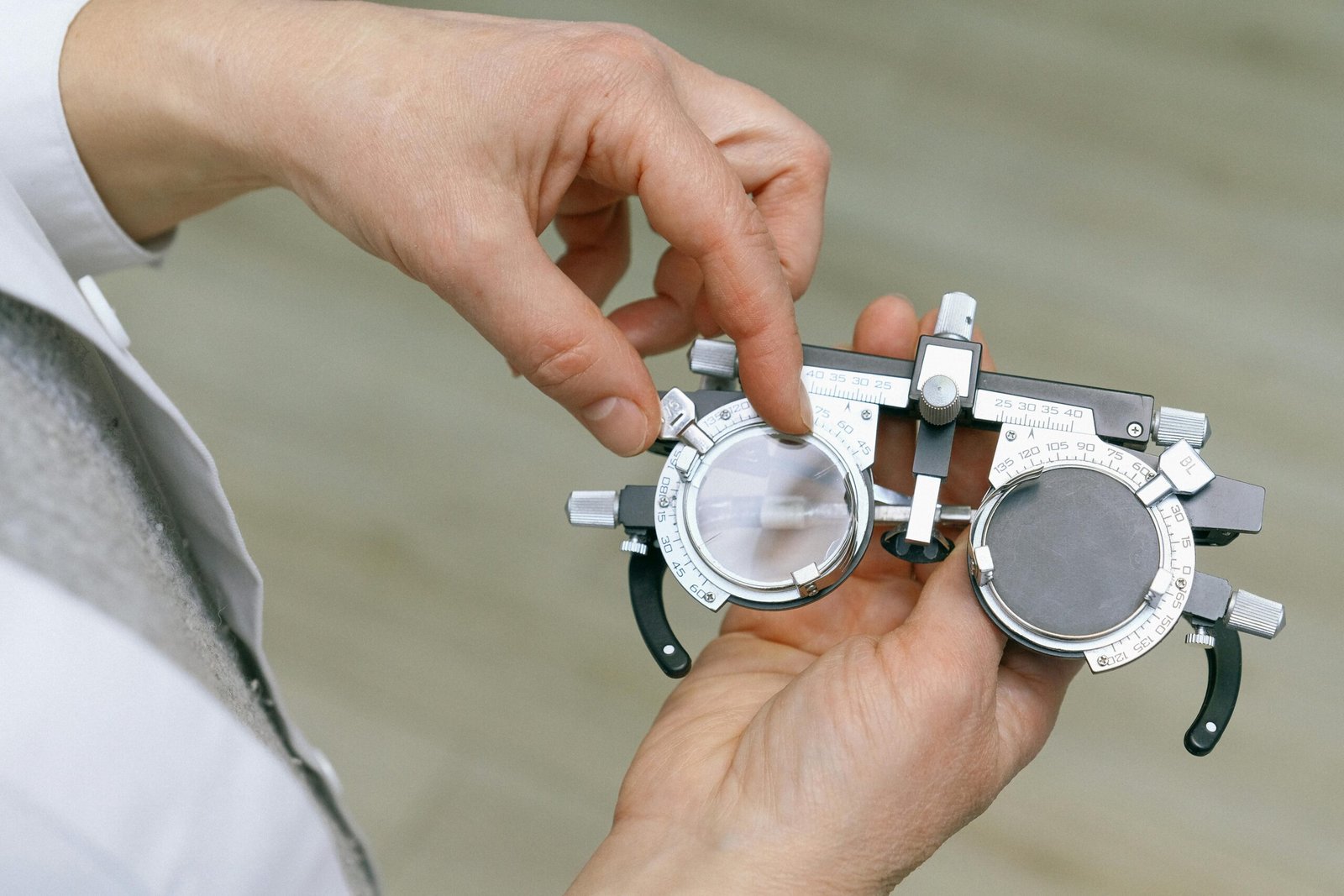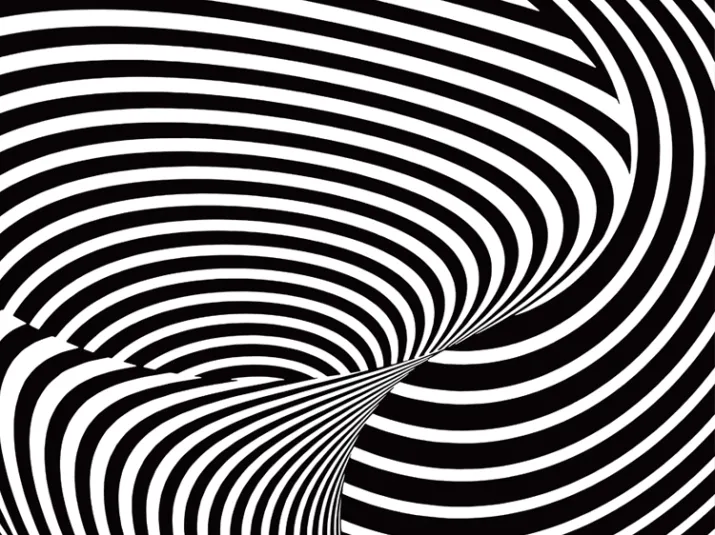Optical illusions captivate our minds by challenging our visual perception and demonstrating the intricate workings of the human brain. These fascinating phenomena occur when our brains misinterpret sensory information, leading to perceptual distortions that often defy logic. From simple geometric patterns to complex, ambiguous figures, optical illusions come in various forms, each offering a unique insight into the complexities of human cognition. In this article, we delve into the diverse types of optical illusions, unraveling their mysteries and shedding light on the remarkable ways in which our minds interpret the world around us.
Geometrical Illusions:
Among the most common types of optical illusions are geometrical illusions, which manipulate shapes, lines, and patterns to create misleading perceptions. Examples include the Müller-Lyer illusion, where lines of equal length appear different due to arrowhead-like markings at their ends, and the Ponzo illusion, where identical lines seem to vary in length when placed within converging lines or perspective cues. Geometrical illusions highlight how our brains process depth, size, and distance, often leading to perceptual errors.
Ambiguous Figures:
Ambiguous figures present visual stimuli that can be interpreted in more than one way, causing perceptual shifts and confusion. One classic example is the famous Rubin’s vase, which alternates between two interpretations: a vase in the center or two faces in profile facing each other. Ambiguous figures demonstrate the brain’s tendency to switch between competing interpretations, revealing the flexible nature of visual perception and the role of context in shaping our understanding of visual stimuli.
Motion Illusions:
Motion illusions exploit the brain’s sensitivity to movement and direction, creating the perception of motion where none exists or inducing apparent motion in static images. The phi phenomenon, for instance, occurs when successive images presented in rapid succession create the illusion of continuous motion, as seen in animated cartoons. Other examples include the rotating snake illusion, where stationary patterns appear to writhe and slither, tricking the brain into perceiving motion through cleverly designed patterns.
Color and Light Illusions:

Color and light illusions manipulate the way we perceive colors and brightness, often challenging our assumptions about the properties of light and color. The simultaneous contrast illusion, for example, causes neighboring colors to appear more intense or complementary due to contrast effects, while Benham’s top illusion creates the perception of colorful patterns when a black and white disk is rotated at a certain speed. Color and light illusions reveal the brain’s intricate processing of visual information and its susceptibility to contextual influences.
Depth Perception Illusions:
Depth perception illusions play with our ability to perceive three-dimensional space, often distorting the perceived depth relationships between objects. One notable example is the Ames room illusion, where a specially constructed room creates the illusion of two people standing at different distances when, in reality, they are the same distance from the observer. By exploiting cues such as size, perspective, and relative motion, depth perception illusions challenge our understanding of spatial relationships and highlight the brain’s reliance on contextual cues to interpret depth.
Illusions of Size and Scale:
Illusions of size and scale distort our perception of object size and proportions, often through clever manipulation of visual cues. The Ebbinghaus illusion, for instance, involves two identically sized circles surrounded by differently sized circles, causing the central circles to appear larger or smaller depending on the surrounding context. Similarly, the Ponzo illusion, mentioned earlier, also influences our perception of size by manipulating perspective cues. Illusions of size and scale underscore the brain’s tendency to rely on contextual information when judging the size of objects.
Conclusion:
Optical illusions continue to captivate and intrigue us, offering glimpses into the complexities of human perception and cognition. From geometrical illusions that manipulate shapes and lines to ambiguous figures that challenge our understanding of visual stimuli, optical illusions come in various forms, each revealing unique insights into the workings of the human brain. By exploring the diverse types of optical illusions, we gain a deeper appreciation for the remarkable ways in which our minds interpret the world around us, reminding us that reality is often more illusion than it appears.
Internal link: opticalsworld







